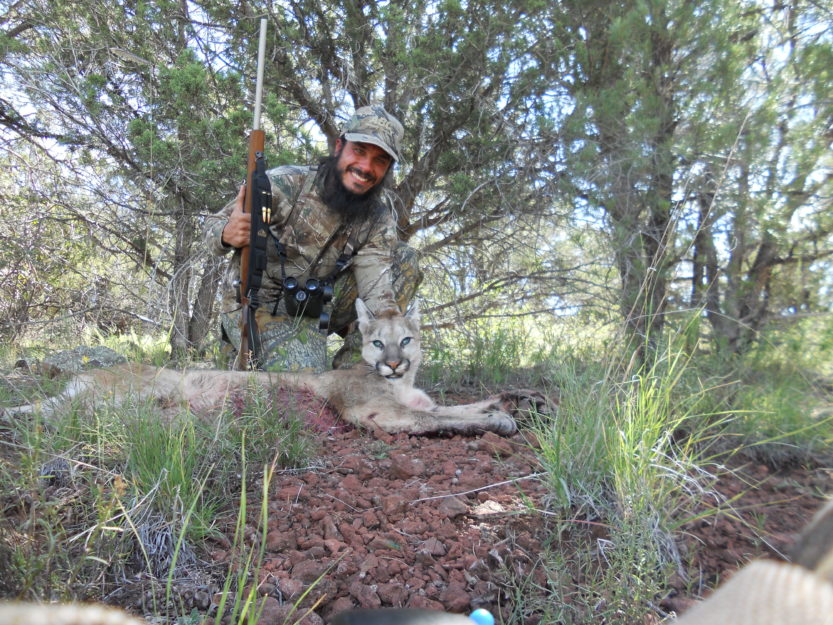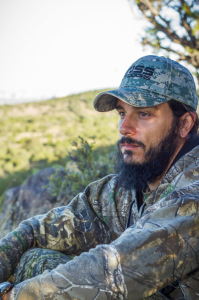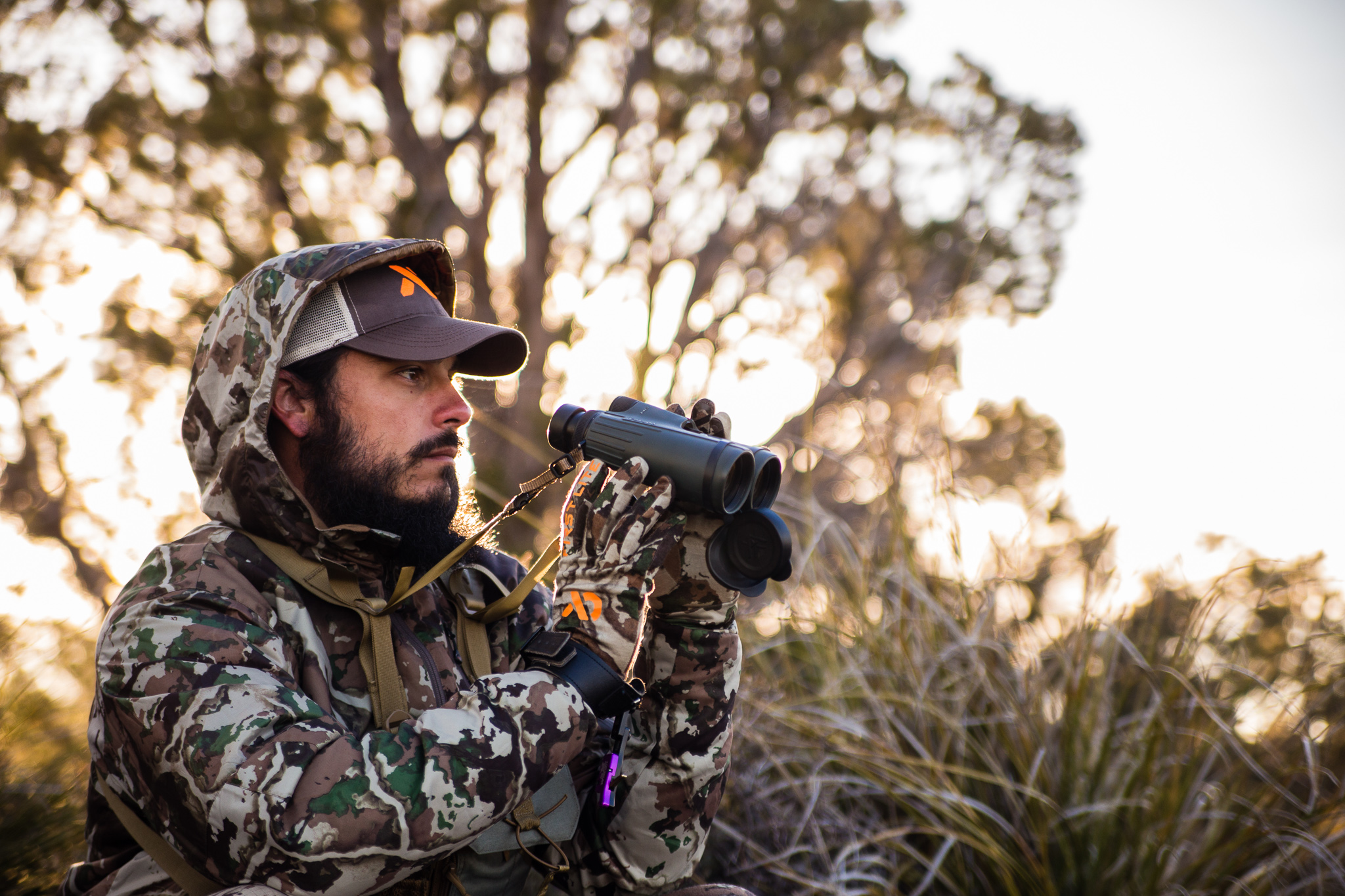

The sun has started to make it’s daily climb up above the mountains. Your thoughts seem to be the loudest thing in the woods at the moment. Silence is pushed to the side with the crunching of leaves not far away. As fast as this sound comes, your heart starts to beat faster and faster. Adrenaline and curiosity envelop your whole being. What is it? Is it what I am after? Is it a squirrel playing tricks on me? It is then that reality hits you with the welcoming sight of antlers coming into view just 20 yards away. Curiosity turns into relief, but it isn’t over yet. Ever so slowly you raise your bow up, clip on your release, and begin to draw back. As you look through your peep sight and try to control the sudden blitzkrieg of shakes that has just come over you, that 20 yard pin that has become so very familiar begins to rest just behind this monarch’s shoulder. Breathe in, breathe out, squeeze the trigger. You watch the arrow bury into the vitals of what you have worked so hard for. Chaos erupts through the mountains as your quarry takes off quicker than they appeared just a few minutes ago. You did it. All of the scouting and hard work finally paid off. Hopefully…..
 The next part is the most critical part of all of this. It is the recovery. If you can’t find what you just shot, then all of this would have been for nothing. Taking the life of an animal is a serious thing and not being able to recover it is probably every hunter’s worst nightmare. It is also something that comes with the territory though. If you have hunted, especially bowhunted, for any good amount of years and have never lost an animal, my hat is off to you. The truth is, things happen and there is only so much one can prepare in order to make sure that the sad reality doesn’t come true. It is my opinion though that we need to do as much as possible to ensure that it doesn’t happen.
The next part is the most critical part of all of this. It is the recovery. If you can’t find what you just shot, then all of this would have been for nothing. Taking the life of an animal is a serious thing and not being able to recover it is probably every hunter’s worst nightmare. It is also something that comes with the territory though. If you have hunted, especially bowhunted, for any good amount of years and have never lost an animal, my hat is off to you. The truth is, things happen and there is only so much one can prepare in order to make sure that the sad reality doesn’t come true. It is my opinion though that we need to do as much as possible to ensure that it doesn’t happen.
PRACTICE
Yes, practice. This is a big one. It seems that my visits to the range increase dramatically the closer that hunting season gets. I want to feel as comfortable as possible with my shooting ability. It is my duty as a hunter to do so. All sorts of things come into play when I practice. It isn’t just flinging arrows at a target. I practice sitting, kneeling, shooting at different angles, shooting with my hunting clothes on, and shooting with my pack on. Doing things like this will hopefully eliminate any errors that might occur when in the woods. A memory of last season comes to mind when I think about this. Last season, I got a new hunting jacket. As I said above, I practiced with it on. Good thing I did this, because it turned out that when the jacket was on, my arrow was hitting about a foot to the left at 20 yards! After lots of trial and error at the pro shop, we finally found out what the issue was. Turns out my string was hitting the collar of my jacket. We tucked my collar in and my arrow, all of a sudden, was right back where it needed to be. I would have never known this if I didn’t try shooting with the jacket on. If you have never shot your bow with your hunting clothes on, I highly recommend it. You might be surprised.
BLOOD TRAILING
This is a no brainer right? Sounds pretty simple. I assure you it isn’t as easy as it sounds, especially out here in the mountains. Walkie talkies come in handy with doing this. If you shoot a deer from 300+ yards away and try to walk over to where you shot that deer, things look different. Have someone walk over to where the deer was and you stay put. With the use of walkie talkies, guide that other person exactly to where that deer was standing. Now, you know for certain where the animal was, instead of making good guesses. Next, when you actually do find blood, mark it with some flagging tape in case you need it for reference later on. I have had to retrace my steps more than once on a blood trail. Having that tape marked at each previous blood splatter would have made it a lot easier.
WAITING
So, you let an arrow fly at a nice deer. You are sure you hit him, but didn’t quite hit where you were hoping to hit. WAIT!! I don’t mean wait the usual 30 minutes after the shot that you learned about when you were a youngster. I mean wait a good long while. Famous hunter, Donnie Vincent, recommends waiting 24 hours on a marginal shot. The last thing you want to do is bump a wounded deer. You might never find them after that. Some people say that they want to go in sooner then later because of rain washing away the blood trail. This might be acceptable with a good shot. If you do this with a bad shot though, you are still risking bumping that animal and possibly losing them for good. It isn’t worth it. You can do a grid search of the area if the blood washes away. Let the animal bed down. Even on a gut shot, that animal will eventually expire.
 After all of the work you put into trying to find that animal and doing what you could to prepare for the shot, if you end up not being able to find your game, it isn’t the end of the world. Trust me. I have been there. I know what it feels like to lose an animal in the field. The important thing is you need to pick your head back up and stay after it. Learn from your mistakes. Think about what you might have done wrong that caused you to make a bad hit. Was it your sight? Did you have buck fever? Whatever it was, take that and run with it. Next time you will be more prepared. This is called hunting, not killing. If it were that easy, everyone would do it. Don’t beat yourself up. Mistakes today will improve your opportunities tomorrow.
After all of the work you put into trying to find that animal and doing what you could to prepare for the shot, if you end up not being able to find your game, it isn’t the end of the world. Trust me. I have been there. I know what it feels like to lose an animal in the field. The important thing is you need to pick your head back up and stay after it. Learn from your mistakes. Think about what you might have done wrong that caused you to make a bad hit. Was it your sight? Did you have buck fever? Whatever it was, take that and run with it. Next time you will be more prepared. This is called hunting, not killing. If it were that easy, everyone would do it. Don’t beat yourself up. Mistakes today will improve your opportunities tomorrow.


Copyright 2019 Dialed In Hunter
Design by NXNW.